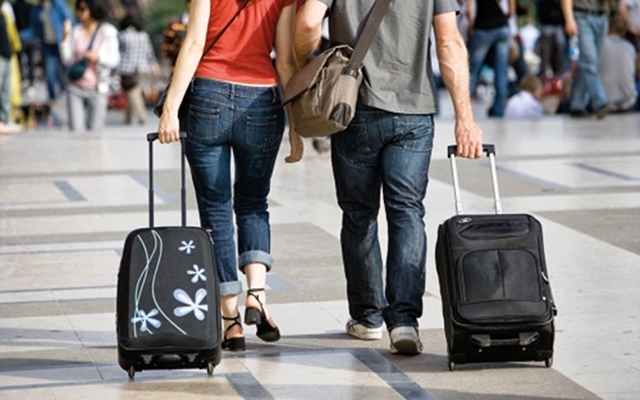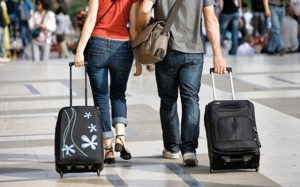Number of Georgian Emigrants Up
The 2019 Migration Profile released by Georgia’s State Commission on Migration Issues reads that the number of emigrants leaving Georgia increased last year.
The highest number of emigrants in the last four years was recorded in 2018 and amounted to 76,367 people. 57% of Georgian emigrants are men. According to UN DESA, the largest number of emigrants from Georgia live in Russia, however, the number of Georgians emigrating to Russia in recent years has been decreasing, and the number of Georgian citizens who leave it has been increasing. As a result, the migration balance of Georgian citizens in Russia has decreased.
In addition to Russia, a large number of Georgians emigrate to Greece, Ukraine, Armenia and Azerbaijan. The number of Georgian applicants asking for permanent residence and citizenship in the United States in 2015-2017 was more or less stable. In 2017, 1,629 Georgian citizens were granted permanent residence in the United States, and 889 were granted US citizenship.
The number of Georgian citizens holding a residence permit in the EU is also increasing. Their number increased by 8.5% in 2018 compared to 2017. 60% of Georgian citizens with a residence permit are in Greece, Italy and Germany. They mainly hold work permits and family reunification permits.
After the visa-free regime entered into force, the number of asylum seekers in EU member states increased significantly. Most frequently, Georgian citizens seek asylum in France and Germany.
“The overwhelming majority (about 95%) of applications filed by Georgian citizens for asylum in the EU are rejected by the relevant agencies for the reason that that the claims for asylum are groundless,” the 2019 Migration Profile reads.
In addition, the Commission says that since the entry into force of visa-free travel, the rate of refusals for Georgian citizens to enter the EU have significantly increased. The highest number of cases of border-crossing denial was recorded in 2018, with Germany, Greece, France, Cyprus and Poland leading. These are the countries (with the exception of Cyprus) where the largest number of Georgian citizens left after the visa-free travel was activated on March 28, 2017.
Until 2017, the majority of Georgian citizens were refused entrance the EU countries mainly on land borders. However, after visa-free travel took effect, the picture changed and the number of refusals received at the air border in 2017-2018 significantly exceeded the refusal rate at land and sea borders.
The number of Georgian nationals illegally living in EU member states was relatively stable in 2017, but in 2018 the number of such cases increased significantly. Last year, 9,115 Georgian nationals were identified living illegally in EU member states, of whom 7,205 were men and 1,910 were women.
The report reads that the number of Georgian citizens with a residence permit in Turkey is on the rise. Citizens of Georgia are mainly allowed to live in Turkey on the basis of work, family reunification and short-term visits.
In addition to migration, the report noted that the number of Georgian citizens returning from the EU countries significantly increased in 2018 and is expected to continue to rise in the coming years. The countries from which the most return home are Germany, Greece and France.
The number of returning migrants within the IOM Voluntary Return and Reintegration Program (AVRR) has increased dramatically in the last two years. Most of the AVRR program returnees are from Greece and Germany.
Regarding internal migration, the majority of IDPs from the Russian occupied South Ossetia region live in Mtskheta-Mtianeti and Shida Kartli, and the majority of IDPs from the other breakaway region Abkhazia reside in Tbilisi and Samegrelo-Zemo Svaneti.
“In Georgia, the rural population declines annually, which also affects the overall urban / rural structure. In the last four years, the share of urban population has increased from 57.7% to 58.7%. Unlike other regions of Georgia, the population of Tbilisi and Ajara is significantly growing,” the Migration Profile reads.
By Tea Mariamidze
Image source: Visa center












